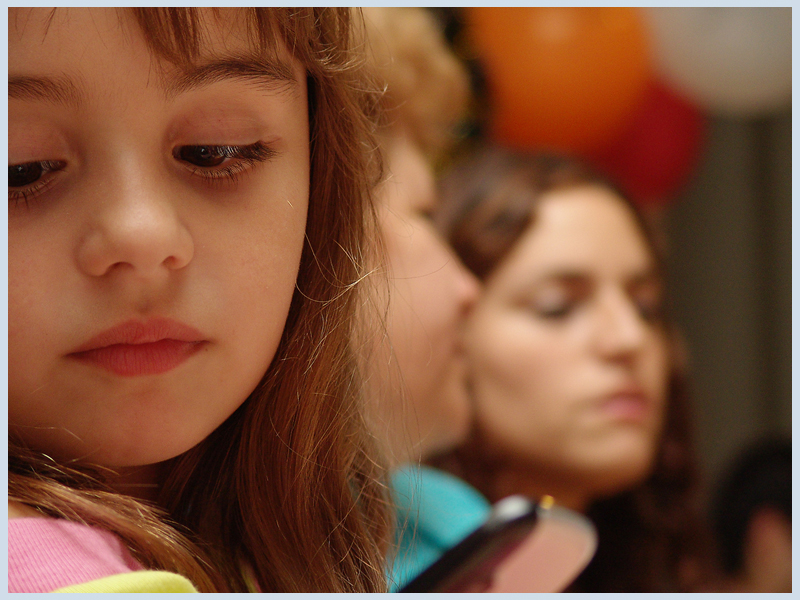Relative Kinship Care Options in New York
Sometimes children need to be placed in the care of a relative because they cannot stay in the home with their parents. Concerns about the child’s safety, or other reasons, may lead to the child’s relatives being asked if they can provide a temporary, safe, stable, and nurturing home for the child.
When the local child welfare agency decides to remove a child from the home, the agency must notify relatives and ask if they are interested in caring for the child. In New York State, the child welfare agency is usually the county Department of Social Services (DSS). In New York City it is known as the Administration for Children’s Services (ACS).
Who is Considered “Kin” in New York?
A relative within the second or third degree to the child’s parent(s) or stepparent(s) refers to those relatives who are related to the parent(s) or stepparent(s) through blood or marriage either in the first, second, or third degree in the kinship line. A relative within the second or third degree of a parent includes the following:
- Grandparents of the child
- Great-grandparents of the child
- Aunts and uncles of the child, including the spouses of the aunts or uncles
- Siblings of the child
- Great-aunts and great-uncles of the child (including the spouses of the great-aunts or great-uncles)
- First cousins of the child (including the spouses of the cousins)
- Great-great grandparents of the child,
- An unrelated person where placement with such person allows half-siblings to remain together in an unapproved foster home, and the parents or stepparents of one of the half-siblings is related to such person in the second or third degree.
Custody versus Guardianship in New York State
Courts in New York State have been granting Custody (also known V-Docket or Article 6 of the Family Court Act) and Guardianship (also known as G-Docket or Article 17 of the Surrogate’s Court Procedure Act) to individuals as if they were the same. They are similar but they are not interchangeable.
Persons with legal custody or legal guardianship share some rights such as the authority to enroll the child in school and to enroll and receive coverage for the child in the person’s employer-based health insurance.
Persons with guardianship have enhanced legal authority over the child such as the right and responsibility to make decisions and to issue any necessary consents regarding the child’s protection; education; care and control; and health and medical needs.
With both Custody and Guardianship, the child’s parent(s) still has parental rights and may seek visitation with the child or may later file a petition to regain guardianship/custody of the child. Custody and Guardianship are not considered permanent and can end when either of the child’s parents asks the court to return legal custody to them. However, the court must hold a hearing to determine whether the circumstances which convinced the court to change custody of the children from the parents to another family member have changed. If the court decides that circumstances have changed, they court must also decide whether it is now in the best interest of the child to be returned to the parents
When You Are Asked to Care for Another’s Child
New York State allows children to be temporarily placed in the home of a relative while the relative decides on an option. However, local child welfare agency and court practices may not favor placement with a relative until an option is chosen. When a relative decides not to care for a child, the child may be placed with another relative or with unrelated foster parents. It is best for the children involved to have kinship caregivers step up and be part of their permanency planning as soon as possible. If the parents’ rights are later terminated, the child may be freed for adoption. The person with whom the child has been living for the past 12 months is often preferred as the adoptive parent by the courts. It’s also disruptive for the child to have another move and placement which adds to their trauma. In all cases the agency and the court will need to know that the relative’s home is safe and that the relative is a suitable person to become a caregiver for the child.
When an agency contacts the relatives of a child in need of care, the agency must inform the relatives of their options which generally include direct placement, legal custody or guardianship and kinship foster care.
Any relative who is thinking about caring for a child should thoroughly explore all available options and ask informed questions to determine the choice that is best for them.
Kinship Placement Options
It’s important that relatives fully understand their options and the level of support and obligations that come with each option. Decisions made at the onset when child welfare is first involved will impact the future placement or permanency options available to them. Relatives need to consider the needs of the child and whether or not they will need additional support to adequately care for the child or if they have the resources to care for the child on their own.
Delaying the Decision to Become a Caregiver
Sometimes a relative cannot care for a child at the time the child is removed from the home. In these cases the child will likely go into the care of another relative or into foster care with non-related foster parents. The relative who did not take the child at first can ask the judge to place the child with him or her later; however, there is no guarantee that the judge will do this.
A relative may learn that the child is already placed in foster care. If this occurs in cases of abuse or neglect, the law allows the relative to apply to the Family Court to become a kinship foster parent. There are stipulations such as no more than six months may have passed since the relative was notified about the child’s removal and no more than one year may have passed since the child was removed. Again, there is no guarantee that the relative will be approved as a kinship foster parent.
Can I Change my Mind Later?
If things do not work out or the situation changes, the relative may be able to change the arrangement, depending on the option chosen.
Under Options A and B, the relative must file a petition in court to modify the custody or guardianship order. The judge will want to know the reasons and may or may not grant the new petition.
Under Option C, the relative must tell the agency that s/he is no longer willing to be a foster parent for the child. If the relative has adopted the child, the relative is now legally the child’s parent. The relative may be able to transfer custody to someone else, but the relative will be responsible for paying child support for the child.
If the relative has become the child’s permanent guardian, the court may vacate (cancel) the order based on clear and convincing evidence that the guardian failed or is unable/unwilling to provide proper care and guardianship is no longer in the child’s best interests.





